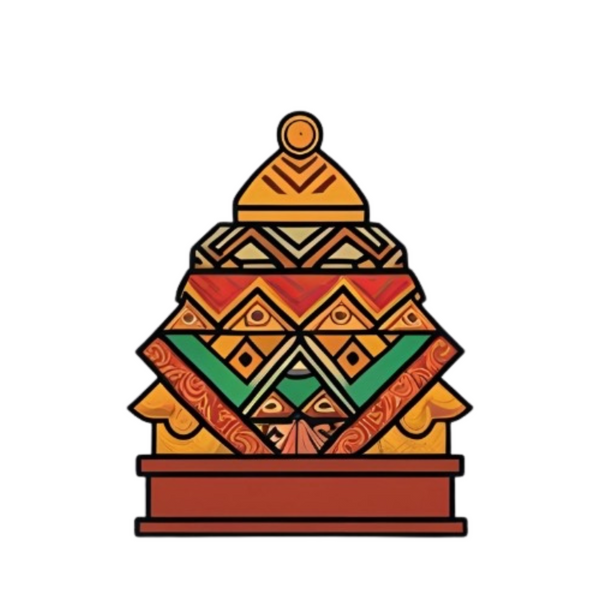
The Four Great Schools of Tibetan Buddhism: A Journey Through Wisdom and Lineage
Share
Tibetan Buddhism, though unified in its pursuit of enlightenment, is beautifully diverse in its expression. Four major schools—Nyingma, Sakya, Kagyu, and Gelug—each carry distinct traditions, lineages, and philosophies, shaped by centuries of devotion, scholarship, and spiritual transmission.
Whether you're drawn to Tibetan art, meditation practices, or sacred jewelry rooted in these traditions, understanding the schools deepens your connection to the culture and teachings behind them.
🟥 Nyingma — The Ancient School (The Red Hat Sect)
Founded in the 8th century through the great Indian master Padmasambhava, the Nyingma school is the oldest in Tibetan Buddhism. It is known for Dzogchen (Great Perfection), a meditative system aiming to recognize the mind’s true nature directly.
Key Features:
- Emphasizes terma (hidden teachings revealed over time)
- Focuses on direct experience over philosophical analysis
- Strong mystical and visionary orientation
Influence: Popular in Eastern Tibet and Bhutan. Revered tertöns (treasure revealers) like Longchenpa and Dilgo Khyentse Rinpoche have kept this lineage alive and vibrant.
🟪 Sakya — The Path and Its Fruit (The Flower School)
Emerging in the 11th century, the Sakya school blends deep scholarship with tantric practices. Its central teaching, the Lamdre system ("Path and Its Result"), harmonizes sutra and tantra into one integrated spiritual journey.
Key Features:
- Emphasizes scholarly precision and structured tantra
- Hereditary leadership through the Khön family
- Historically influential during Mongol-Tibetan relations
Influence: Once politically dominant in Tibet. Key figures include Sakya Pandita and Chögyal Phagpa, who served as spiritual advisors to Mongol emperors.
🟦 Kagyu — The Lineage of Oral Transmission (The White School)
Kagyu traces its roots to the Indian masters Tilopa and Naropa, passed through Marpa the Translator and his student, the yogi Milarepa, into a living stream of meditative depth. Its hallmark is Mahamudra, the “Great Seal” meditation pointing to mind's luminous clarity.
Key Features:
- Focuses on personal practice and direct realization
- Rich in yogic techniques (e.g., tummo, dream yoga)
- Transmitted through various sub-schools, notably Karma Kagyu
Influence: Widespread in Himalayan regions, and well-represented globally through figures like the Karmapa and Thrangu Rinpoche.
🟨 Gelug — The Way of Reason and Discipline (The Yellow Hat Sect)
Founded by Je Tsongkhapa in the 14th century, Gelugpa is the most scholastically rigorous school. It emphasizes monastic discipline, logic, and the Middle Way philosophy. The Dalai Lama and Panchen Lama hail from this tradition.
Key Features:
- Systematic monastic education
- Integration of tantra with deep philosophical training
- Centralized institutions across Tibet and the world
Influence: The most politically powerful tradition historically, it continues to shape the global understanding of Tibetan Buddhism, especially through His Holiness the 14th Dalai Lama.
🌏 One Dharma, Many Paths
While each school offers unique methods and insights, they all share the same destination: awakening for the benefit of all beings. Whether you're holding a hand-knotted mala inspired by Kagyu meditation or wearing a pendant linked to Nyingma's Dzogchen, you're touching the living pulse of centuries-old wisdom.
Let these traditions guide your heart, not just your hands.

